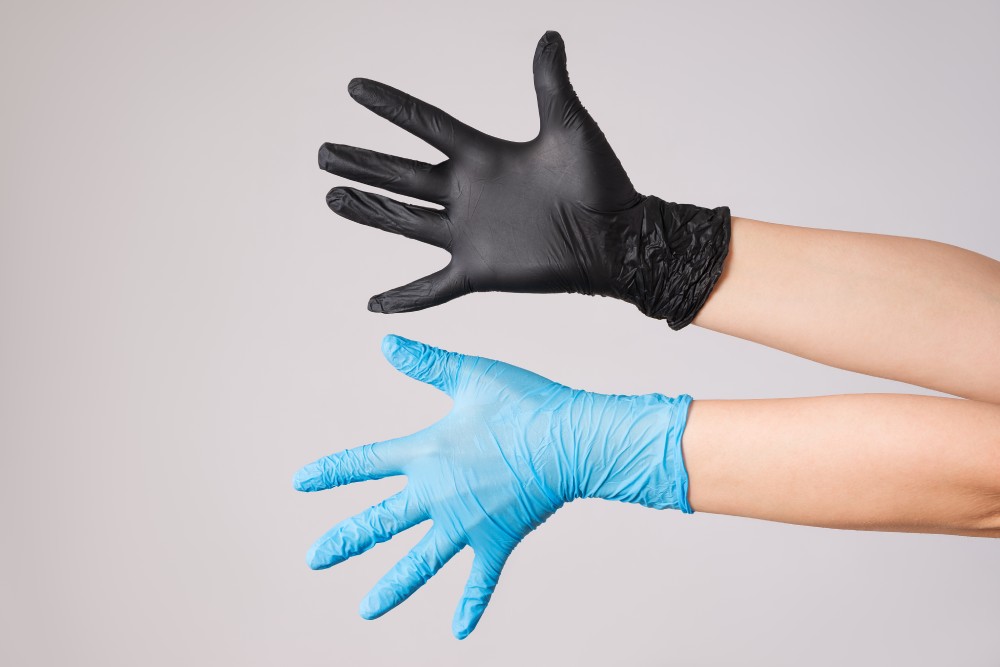
Are All Nitrile Gloves Heat Resistant?
Nitrile gloves are a popular choice in various industries due to their durability, chemical resistance, and versatility. Made from synthetic rubber, these gloves are often preferred over latex gloves, particularly for those with latex allergies. Nitrile gloves are commonly used in medical settings, laboratories, automotive industries, and more. However, one important question that arises is whether all nitrile gloves are heat resistant. Understanding the heat resistance of nitrile gloves is crucial for ensuring safety in environments where exposure to high temperatures is a concern.
Understanding the Composition of Nitrile Gloves
Nitrile gloves are made from nitrile butadiene rubber (NBR), a synthetic polymer that provides excellent resistance to chemicals, oils, and punctures. The gloves are created by combining acrylonitrile and butadiene. By combining these two materials, the gloves have unique properties which make them an important material to use in various sectors. While nitrile gloves are known for their strength and durability, their heat resistance can vary depending on their formulation and thickness.
Heat Resistance of Nitrile Gloves
When we talk about heat resistance, nitrile gloves come with different set of options. Standard nitrile gloves, which are typically used for main tasks like medical examinations or food handling, are not designed to withstand high temperatures. These gloves can start to degrade or even melt when exposed to higher temperatures above 100°C (212°F). The primary purpose of standard nitrile gloves is to provide protection against chemicals, oils, and punctures, rather than heat.
However, there are specialized nitrile gloves that are designed to be more heat-resistant. These gloves are often thicker and made with enhanced formulations to withstand higher temperatures. Some heat-resistant nitrile gloves can handle temperatures up to 200°C (392°F) or more, making them suitable for industrial applications where workers may encounter hot surfaces or materials. It’s important to note that even heat-resistant nitrile gloves have their limits and should not be used in situations involving extreme heat, such as welding or working with open flames.
Applications Where Heat Resistance is Critical
In environments where heat exposure is a significant risk, choosing the right type of glove is essential. For instance, in automotive repair, workers may come into contact with hot engines or exhaust systems. In these cases, heat-resistant nitrile gloves can offer better protection than standard nitrile gloves. Similarly, in industrial kitchens or food processing facilities, where handling hot trays, ovens, or cooking equipment is common, heat-resistant gloves are necessary to prevent burns and injuries.
Factors to Consider When Selecting Nitrile Gloves
When selecting nitrile gloves for tasks that involve potential heat exposure, it’s crucial to consider the specific requirements of the job. Thickness is a key factor; thicker gloves generally offer better heat resistance. Additionally, checking the manufacturer's specifications for temperature tolerance can help ensure that the gloves will provide adequate protection. It’s also important to remember that while heat-resistant nitrile gloves can protect against moderate heat, they are not suitable for high-heat tasks that require specialized protection, such as those involving fire-resistant materials.
Beybi Plastik, since its establishment in 1949; operates in the field of personal protective work safety gloves, examination gloves production and sales, sterile surgical gloves and medical consumables sales and marketing.



